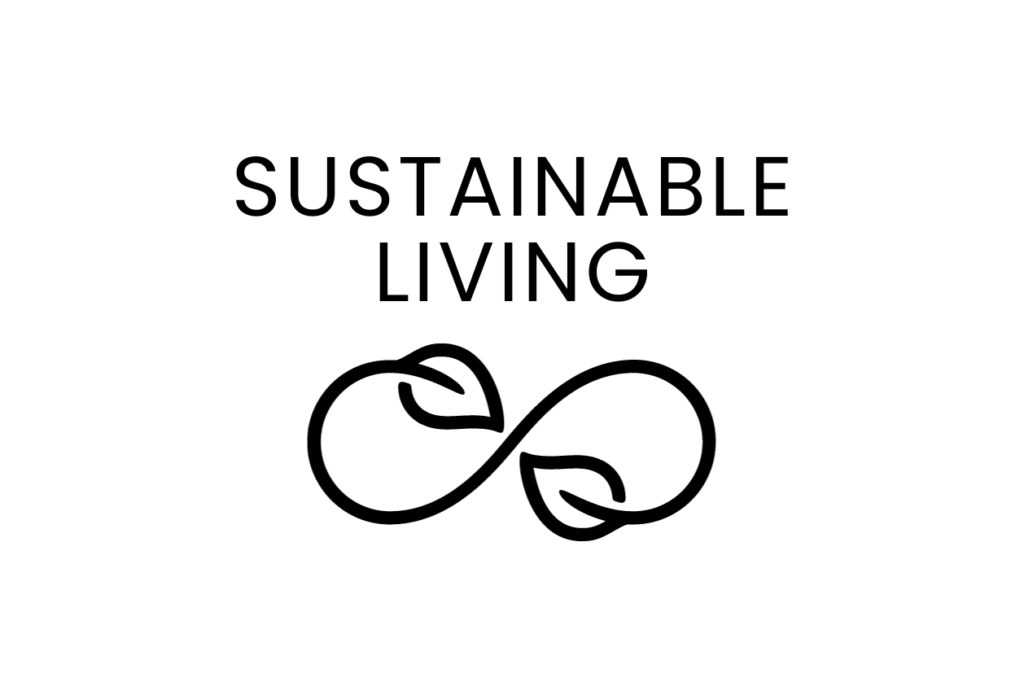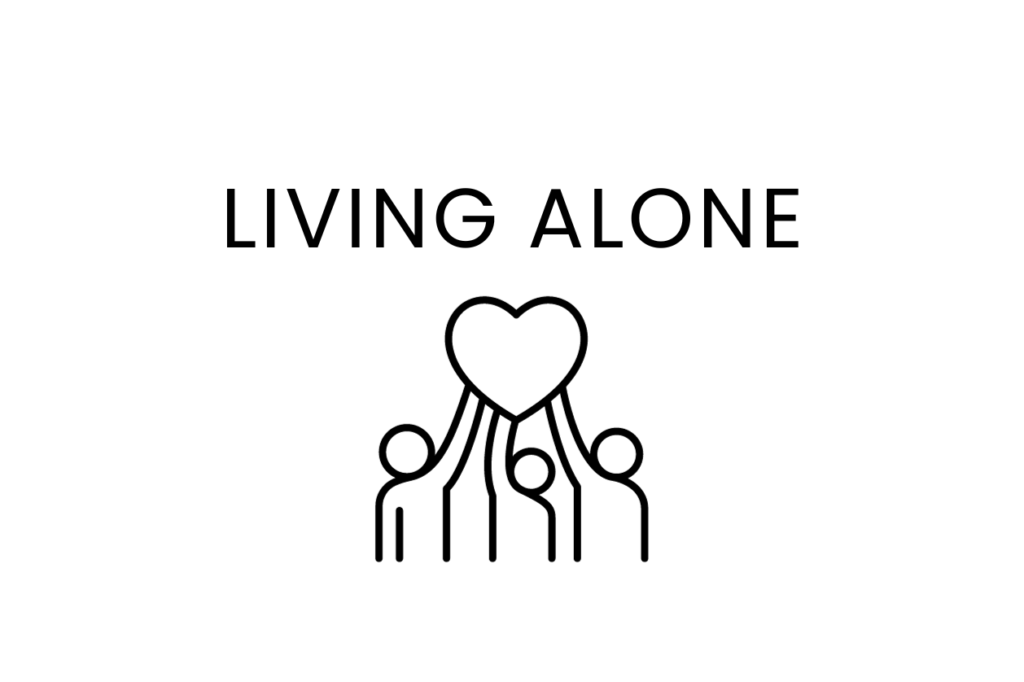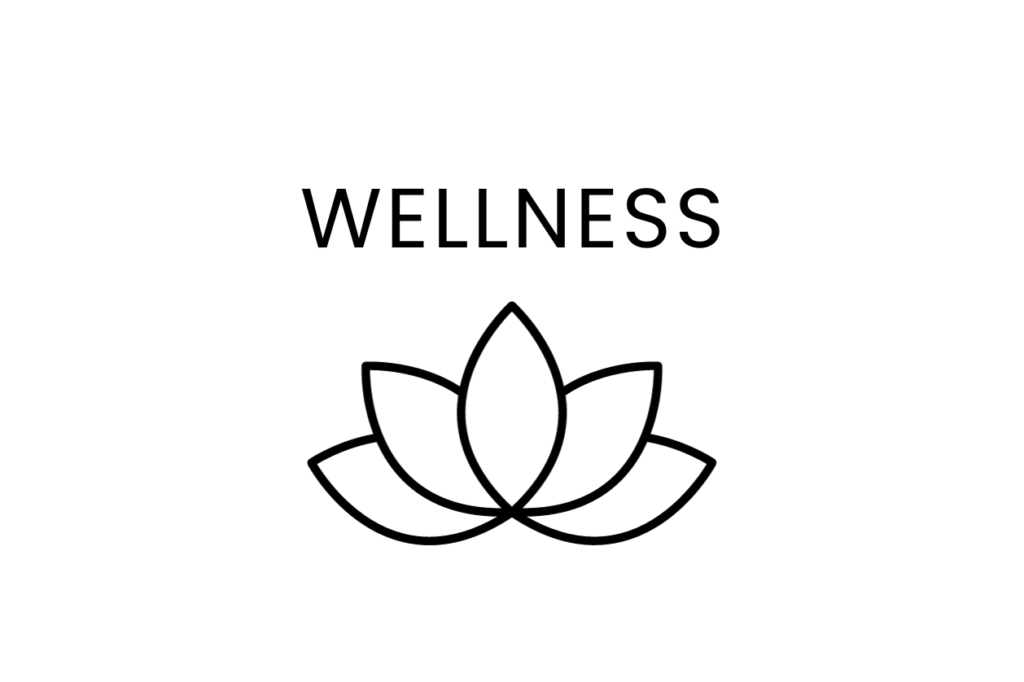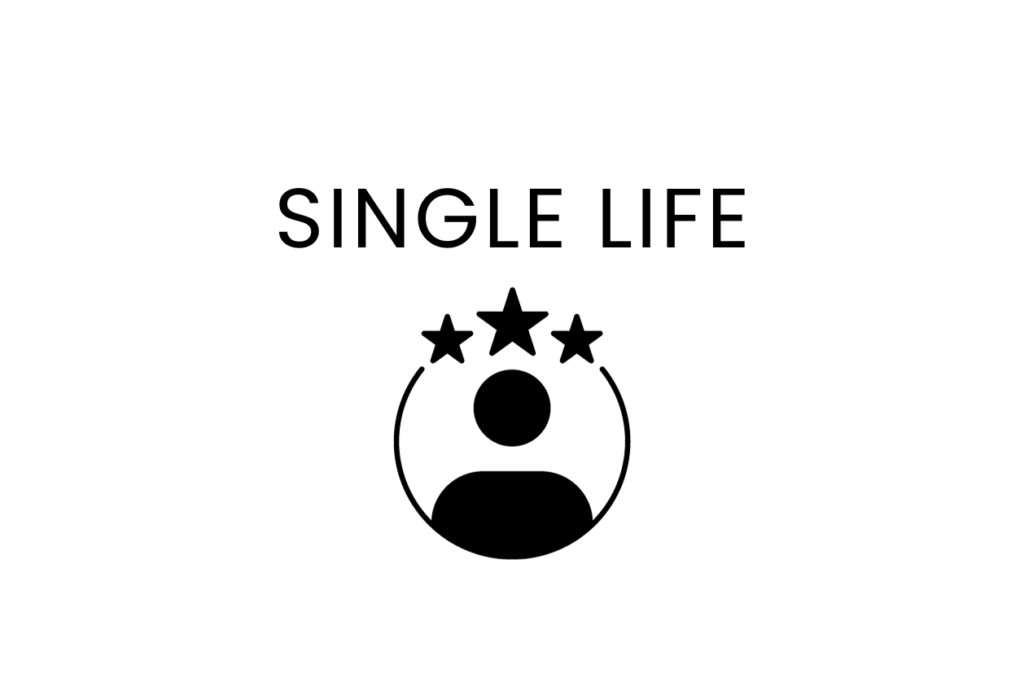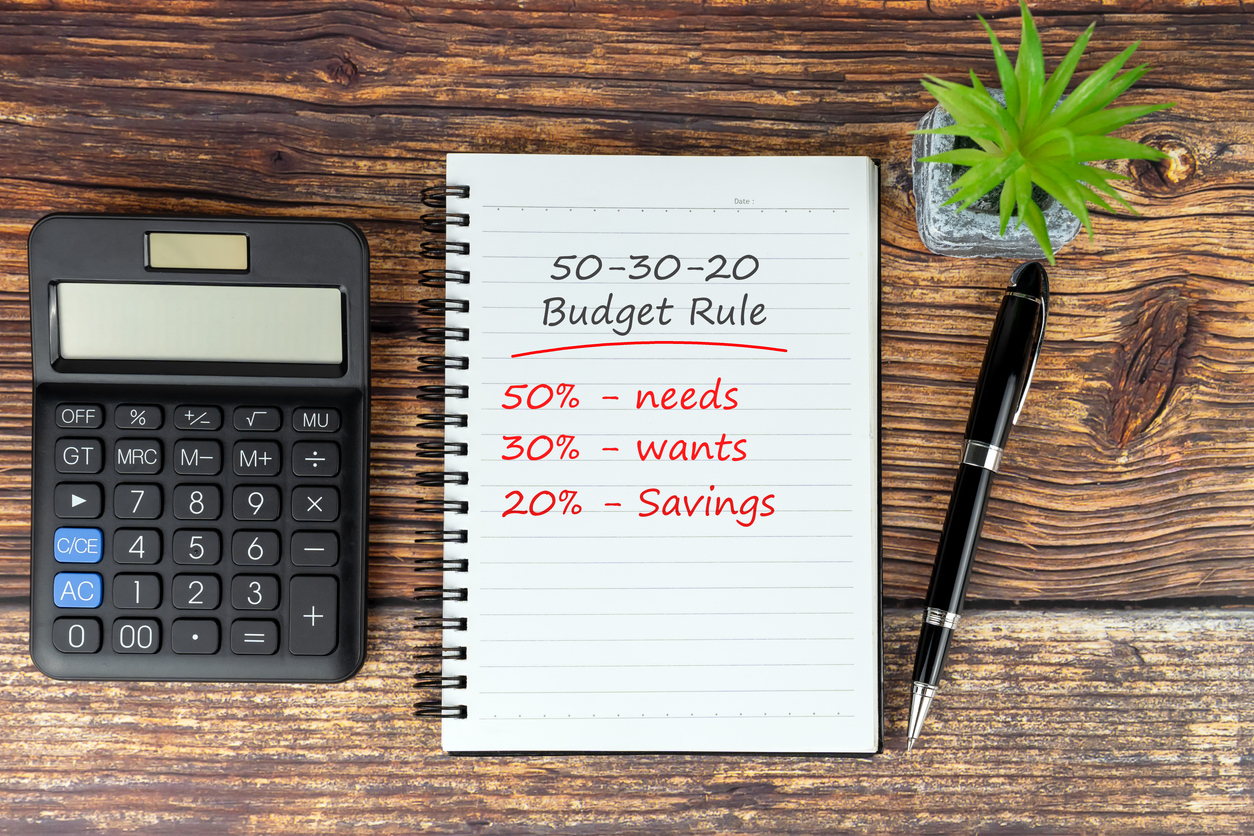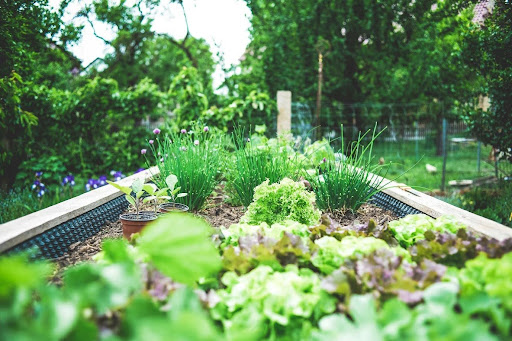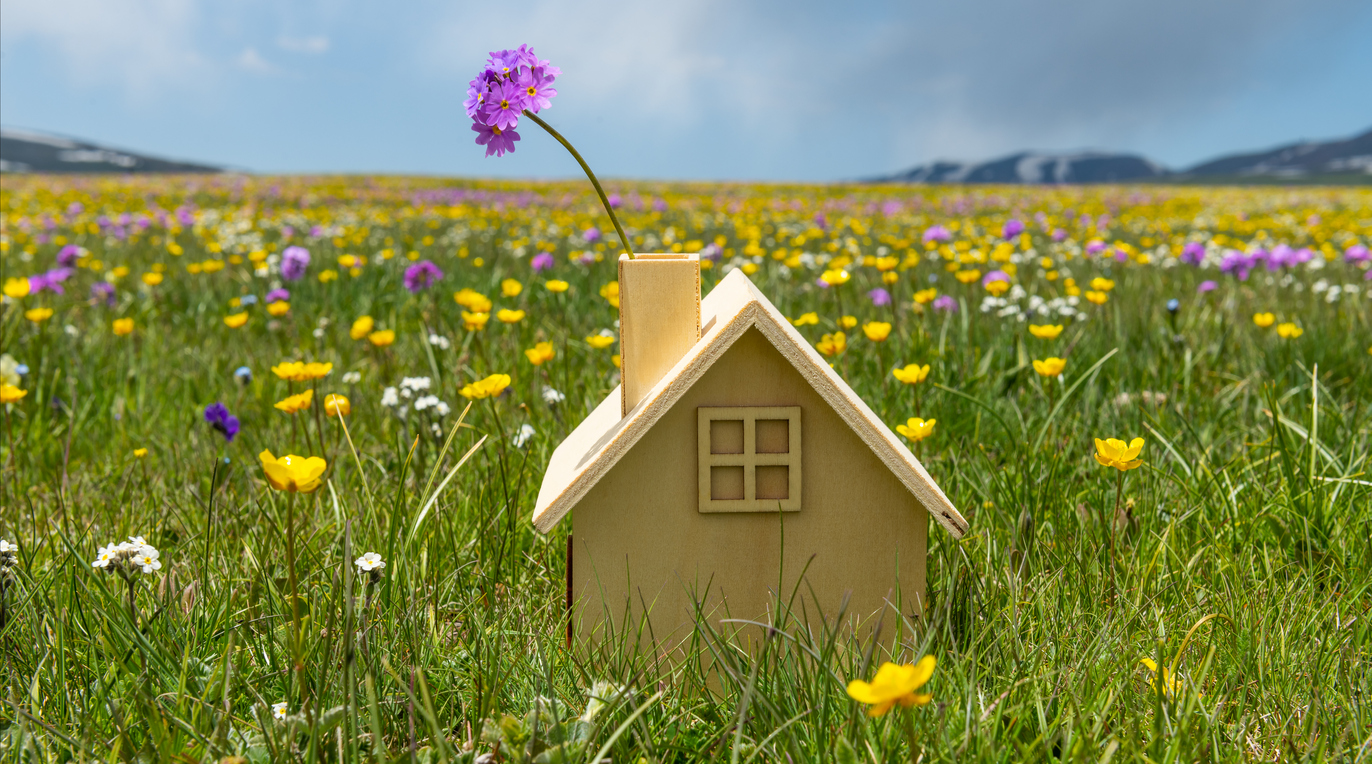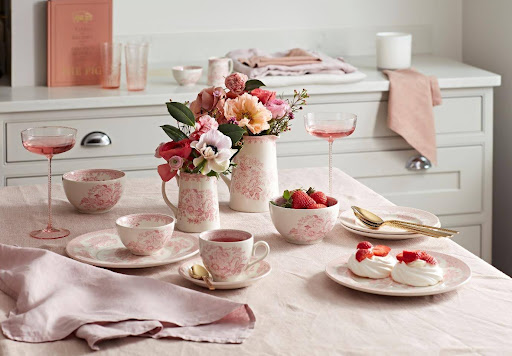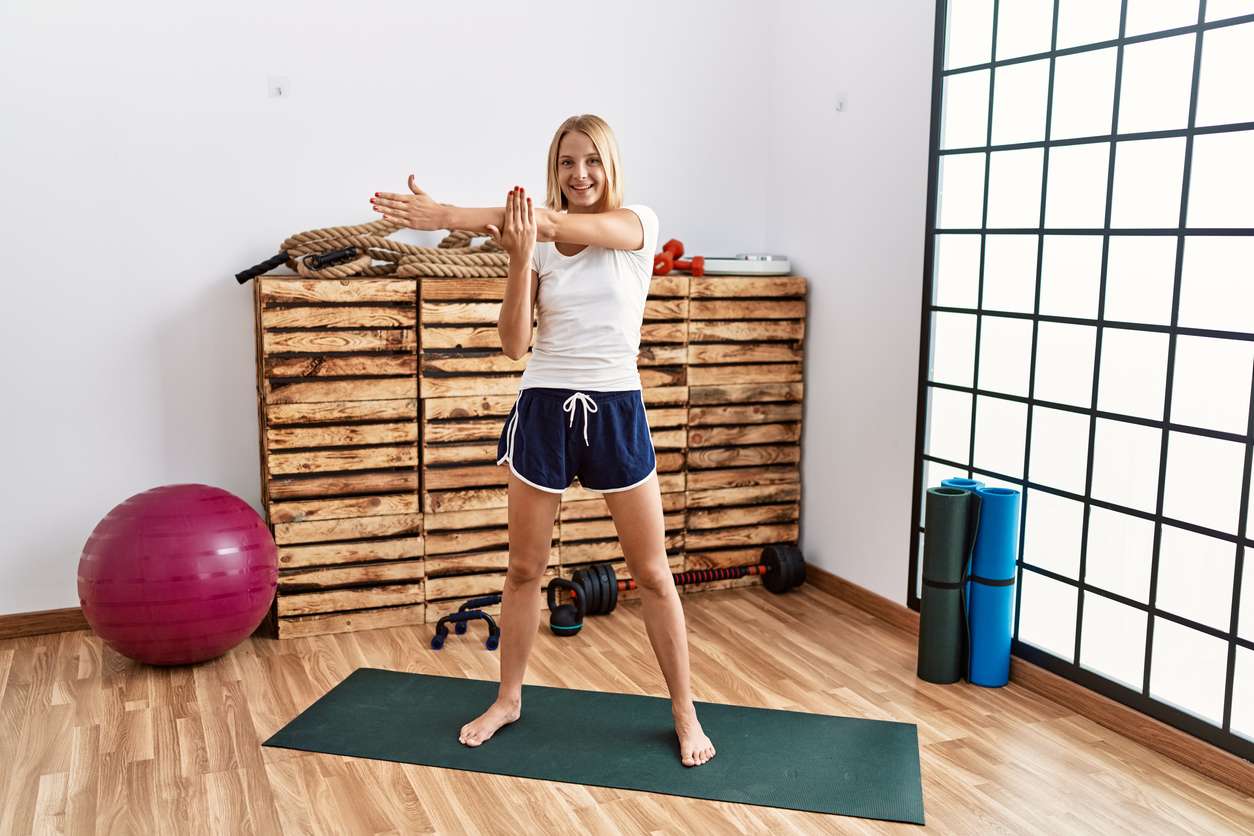Modern fashion, new clothing trends and shopping fads all tend to be what is termed as fast fashion. Clothing is made and sold relatively inexpensively meaning that there is a constant merry go round of people discarding ‘old’ items in favour of the next fashion statement. It’s also what we have also come to know as disposable fashion.
What Is Slow Fashion?
Sustainable Living | 27th May 2018 by Solo Living
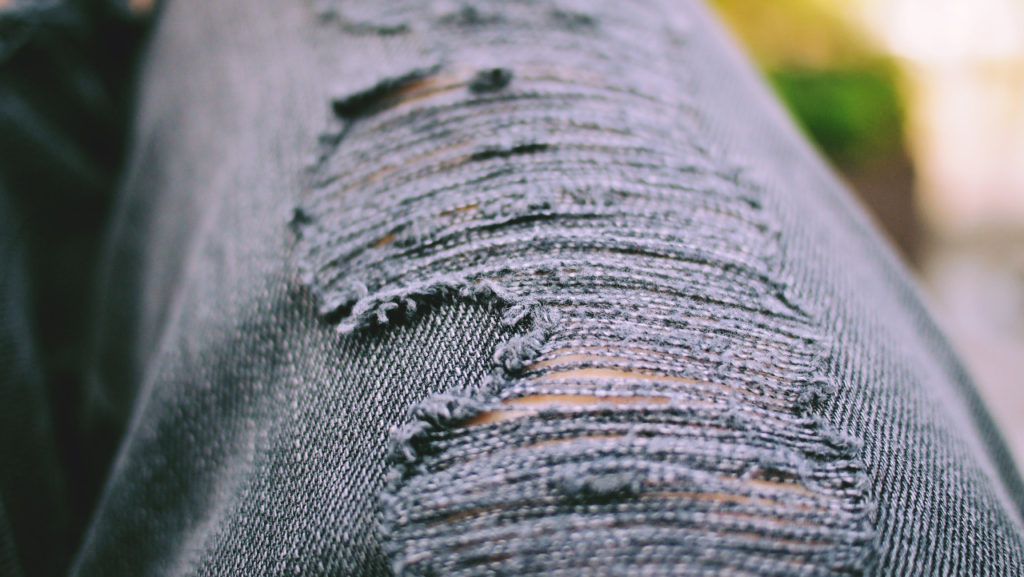
Denim by Daria
Does this sound familiar?
The reality is that around the world where clothing is made at a very low cost, people are on poor wages and are under increasing pressure to turn around finished articles quickly in order to meet the demand from overseas for fast fashion. Ironically, it’s not uncommon of for people to feel they have less and less to wear as they regularly clear their wardrobes from out of fashion, low-quality gear and find they never really buy anything extra special because it’s all the same low-grade quality at rock bottom prices.
What makes slow fashion different?
Slow fashion is essentially the opposite of all this. It is about classic styling that has longevity, ethics behind the making of the garment and high quality fabrics to match. This kind of fashion is much more about choosing a handful of items that will last rather than a lot of items that will wear out or bore you quickly. It is also about fashion that is sustainable and doesn’t overextend our natural resources available for the production of clothing.
Who coined the term slow fashion?
The designer Kate Fletcher first came up with the phrase ‘slow fashion’ in 2008. She identified that the fashion industry had become greedy and focused on selling clothes quickly out of cheaper fabrics.
Slower fashion means more attention is paid towards the fabrics, who is making the clothing and the quality of the end result. From a buyers point of view, Fletcher recognised the need for people to have access to fashion that cares about the environment, takes into account the people putting garments together and also the people bringing sustainable fashion to the forefront. Slow fashion is much more about having quality items that last the pace of time and wear rather than mass-produced clothing that quickly becomes dated or unwearable.
The principles behind slow fashion
Slow fashion isn’t just about having more wardrobe space and not buying into fad fashion trends – it is also about supporting sustainable and ethical fashion production. It is about really considering what you wear, where it comes from and how it is made.
Seeing the impact of fast fashion
A buyer of slow fashion really takes the time to consider the environment and the impact making garments has on it. It is as much about having less as it is, recognising the need to stop fashion wastage through buying ethically made clothing rather than mass produced mainstream items.
Reducing the drain on natural resources
Slow fashion is about slowing down the whole process of clothing manufacture. Rather than taking a few weeks from design to shop floor, slow fashion will take a lot longer, thus reducing the environmental impact on nature and its resources allowing time to recover.
Supporting a diverse model
Slow fashion supports a model of diversity throughout the fashion industry. As such it really aims to encourage businesses that help to achieve slow fashion such as second hand, fashion leasing, vintage, restoration as well as independent designers and producers.
Workers’ rights
Fast fashion can be damaging for people who actually produce the garments in low paid and generally poor conditions. Slow fashion production is about ethical and fair treatment of workers and aims to support communities by respecting the people within them.
How does slow fashion support sustainable living?
Think slow food
The increase in slow fashion can be likened to the slow food movement. Just as people are turning towards more traceability in the food they eat and eating better quality and more expensive meats and other types of foods, so too are they demanding more from their clothing.
Industry under scrutiny
Several high profile scandals over fashion workers and low wages coupled with appalling conditions and expectations put upon them mean the fashion industry is under scrutiny. People wish to improve conditions for these communities with some proponents supporting more production in home countries. The latter improves economies as well as cutting down on transport costs.
Slow fashion is the way forward
Slow fashion may not be across the board as yet but people are starting to recognise that the current fast moving model isn’t viable long term. Something has to give and a move to encourage people to invest in timeless clothing that lasts is a step forward. It may even become a requirement that carbon reductions are made for all businesses which could be a key factor in driving major change across the industry. For the consumer, all the elements of slow fashion add up to more expensive clothing but as intended, there’s more likely to be greater satisfaction in the wearing, time and time again.
More from Solo Living
Who’s Thinking Fast About Slow Fashion?
Share this post:
Hear from Solo Living now and then by signing up to our mailing list






